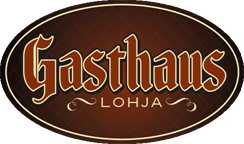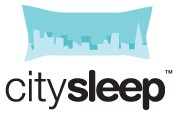At what rate and how many rooms can you sell for each day in the future?
The budget is made once a year, divided up into market segments and uses as a metric room nights and revenue, based on historic data and an estimate of what the market situation will be like in the future.
A monthly forecast reflects the expected situation in the short term (1 to 3 months). Forecasts are compared to the budget to flag up any down or upwards movements in demand. You may want to apply a new rate or selling strategy depending on what the new forecast says.
A demand calendar is a way to show past and future demand mapped together, based on historic and future events that could impact business. Positive and negative demand generators and exceptions must be mapped and updated regularly on the calendar. When you are assessing a forecast some of the variables to review are competitor activity, seasonality, reservations on the books, events, economic situation and occupancy.
You should aim at 5% maximum (+/-) variance for the next month, variance between your forecast and the actual results. Take the time to analyse the variances to understand, learn and improve your hotel forecast.
A basic version of a demand calendar should contain the following information;
- RevPAR last year (Revenue per available room)
- Meeting room bookings
- Demand level indicator last year (High, Medium, Low, Distressed) by month
- Demand level indicator this year
- Public holidays
- School holidays
- Exceptional demand indicators
Forecasts are not perfect. It is a strategic management tool. A basic Forecast is better than none. It is the path to market and customer knowledge.
A forecast can help you to estimate for example the double occupancy, the number of arrivals and departures: useful for the front-desk and housekeeping. On the basis of your forecasted number of nights by segment, you can anticipate the number of guests: it helps housekeeping to forecast their costs, and for the number of breakfasts. The forecast can help you identify challenges in reaching your objectives: it gives time to adapt strategies or work out additional actions. The forecast can help to identify low demand period: you can develop it as a communication tool to focus sales efforts.
Forecasting activity: 1x per week for the next 4 weeks, 1x per month for next 3 months, 1x every 3 months for the year and at least 1x per year for the next year
Analysis – daily average occupancy %, Average Rate, RevPAR and reservation pick up and monthly Guest Origin Business, Length of Stay, Lead-time and channel mix.
Revenue management
Goal and mission
Market segmentation
Pricing and rates
Budgets, forecasting and a demand calendar
Capacity allocation
Performance
IT / Analysis support tools



